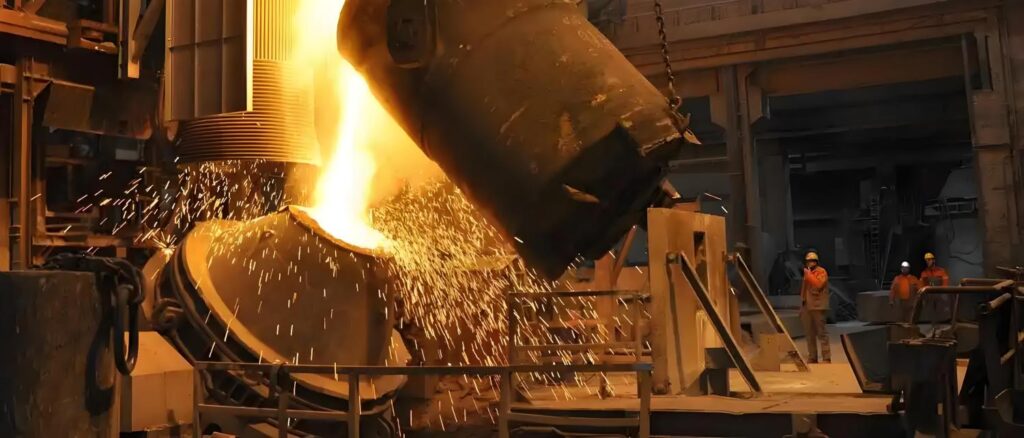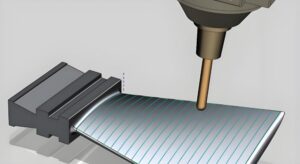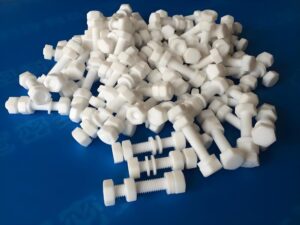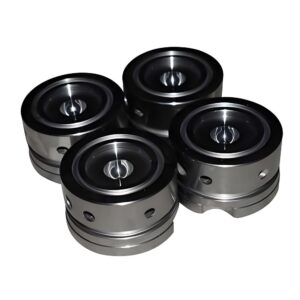Copper has been one of humanity’s most useful metals for thousands of years, valued for its strength, electrical conductivity, and resistance to corrosion. One of its most defining physical properties is its melting point — the temperature at which solid copper turns into a liquid. This single characteristic influences how copper is processed, shaped, and used in nearly every industry.
What Is the Melting Point of Copper?
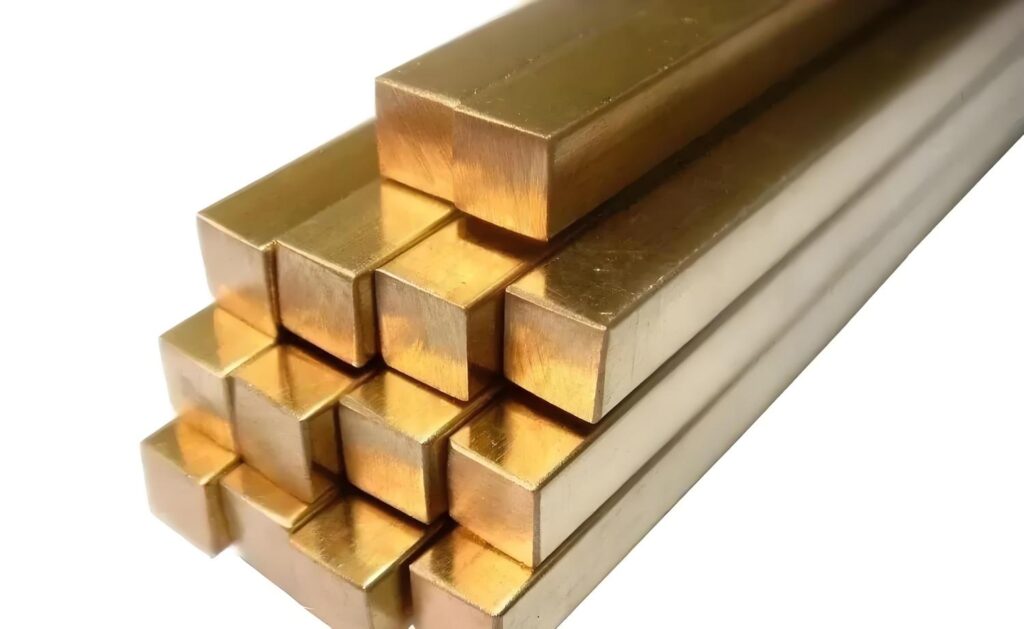
The melting point of copper is approximately 1,085°C (1,984°F). At this temperature, copper transitions from a solid to a liquid state. Its relatively high melting temperature means that copper maintains excellent stability in demanding environments, such as in electrical systems, heat exchangers, and industrial machinery.
Because of this, copper is a preferred material in processes that involve high heat or heavy mechanical loads. Whether it’s being welded, cast, or machined, knowing the precise copper melting temperature helps engineers and technicians prevent unwanted deformation or melting during production.
Why Does the Melting Temperature of Metals Matter
The melting temperature of any metal is one of the most important factors in determining where and how it can be used. For copper and its alloys, this property affects everything from manufacturing techniques to energy costs.
1. Material Selection
When designing components for high-temperature environments, engineers need to choose metals that won’t soften or lose strength. Copper’s high melting point makes it a reliable option for electrical contacts, piping, and structural components that must perform under heat stress.
2. Welding, Brazing, and Soldering
In joining operations, the melting point defines how metals can be fused or bonded. Copper’s temperature range allows it to be brazed effectively with other metals without damaging its structure — a key advantage in plumbing and electrical applications.
3. Casting and Machining
The copper casting temperature determines how molten metal flows into molds and solidifies. Because copper melts at a manageable yet high temperature, it can be precisely cast into intricate shapes. Likewise, machinists must account for its melting behavior to avoid overheating tools and workpieces during high-speed cutting or drilling.
4. Thermal Stability
Copper components used in motors, generators, and circuit boards must stay solid under operating heat. Its high melting temperature ensures reliability in conditions that would distort softer metals.
5. Energy and Efficiency
Processing metals with high melting points consumes more energy. However, copper’s melting point offers a good balance between durability and energy efficiency, making it practical for both mass production and recycling.
Melting Points of Common Copper Grades and Alloys
While pure copper has a fixed melting point, alloys made with zinc, tin, or other metals can vary significantly. Here’s a look at how different compositions change the temperature and performance of copper:
| Grade / Alloy | Approx. Melting Point | Common Applications |
|---|---|---|
| Pure Copper (C11000) | 1,085°C (1,984°F) | Electrical wiring, plumbing, electronics |
| Oxygen-Free Copper (C10100) | 1,083°C (1,981°F) | High-conductivity components, vacuum systems |
| ETP Copper | ~1,085°C | Power cables, transformers, electrical motors |
| Brass (Copper-Zinc Alloy) | 900–1,050°C (1,652–1,922°F) | Decorative parts, valves, low-friction fittings |
| Bronze (Copper-Tin Alloy) | 950–1,050°C (1,742–1,922°F) | Bearings, sculptures, marine hardware |
| Beryllium Copper (C17200) | 865–890°C (1,589–1,634°F) | High-strength tools, aerospace components |
The presence of alloying elements changes how copper behaves under heat. For example, adding zinc to create brass lowers the copper alloy melting point, making it easier to melt and cast. Tin and beryllium can also alter melting behavior and improve strength or fatigue resistance.
Factors That Influence Copper’s Melting Behavior
In industrial environments, several factors can slightly shift the melting temperature of copper or affect how it behaves during processing:
- Purity of the Metal – Trace impurities like oxygen or sulfur can reduce the melting point and affect conductivity.
- Alloy Composition – Different metals mixed with copper will either raise or lower its melting range.
- Atmospheric Pressure – Under very high or low pressure, the melting temperature may change slightly.
- Microstructure and Grain Size – Cold-working or annealing copper can subtly alter its thermal properties.
- Surface Oxidation – Oxide layers can influence heat absorption and cause uneven melting if not controlled.
Understanding these factors helps manufacturers maintain precise temperature control during melting, casting, or recycling processes.
Practical Applications of Copper’s Melting Point
Copper’s high melting temperature is not just a number on a chart — it defines how the metal is handled and used across multiple industries.
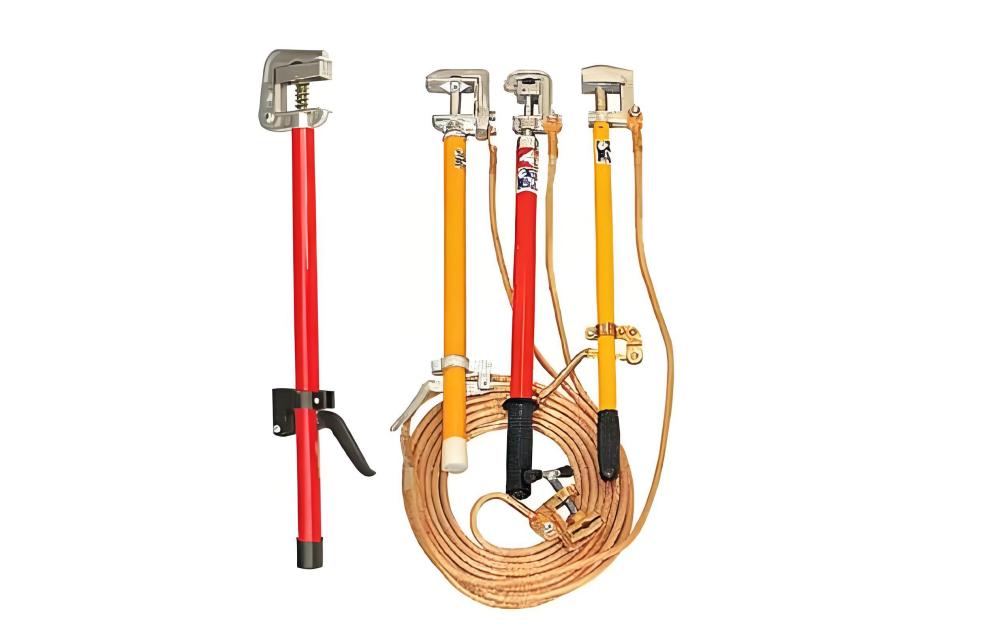
Electrical and Electronics
Copper remains the go-to material for electrical wiring and components because it can handle heat without losing conductivity. During soldering or circuit assembly, workers must stay well below the copper melting temperature to avoid damaging wires or terminals.
Machining and Fabrication
In machining, heat generated by friction can approach critical levels. Tool materials and cutting speeds are carefully chosen so that copper parts retain their shape and precision during production.
Casting and Metal Forming
In foundries, copper must be heated just above 1,085°C (1,984°F) for casting. Controlling the copper casting temperature ensures a smooth, defect-free surface and optimal strength once the metal solidifies.
Heat Exchangers and Thermal Equipment
Because copper remains solid at high temperatures while conducting heat efficiently, it’s widely used in radiators, condensers, and heat sinks. Its thermal resilience prevents melting or distortion during long-term service.
Recycling and Sustainability
Copper’s recyclability is another major advantage. Scrap copper can be re-melted without losing its quality, provided that melting conditions are well controlled. This makes it one of the most sustainable metals in modern manufacturing.
Challenges When Working With Copper’s Melting Point
Despite its advantages, melting and refining copper requires significant energy input. Reaching and maintaining such high temperatures can raise production costs. Another challenge is oxidation — when copper is heated in the presence of air, it forms copper oxide on the surface. To avoid this, many industries melt copper in controlled atmospheres or use fluxes to prevent oxidation.
Modern Advances in Copper Processing
Technological innovations have made it easier to manage copper’s melting characteristics. Induction furnaces, for instance, allow precise control over temperature and energy usage. Additive manufacturing methods are also emerging, enabling copper components to be built layer by layer without full-scale melting, opening new possibilities in electronics and aerospace manufacturing.
Precision and Expertise in Copper Machining
The melting point of copper is more than a scientific fact — it’s a foundation for how this essential metal is shaped, joined, and recycled across the world. Understanding its melting behavior helps industries optimize energy use, maintain quality, and design components that perform reliably under heat. Whether in casting, machining, or electrical engineering, copper’s balance of high melting temperature, conductivity, and strength continues to make it one of the most versatile materials on the planet.

